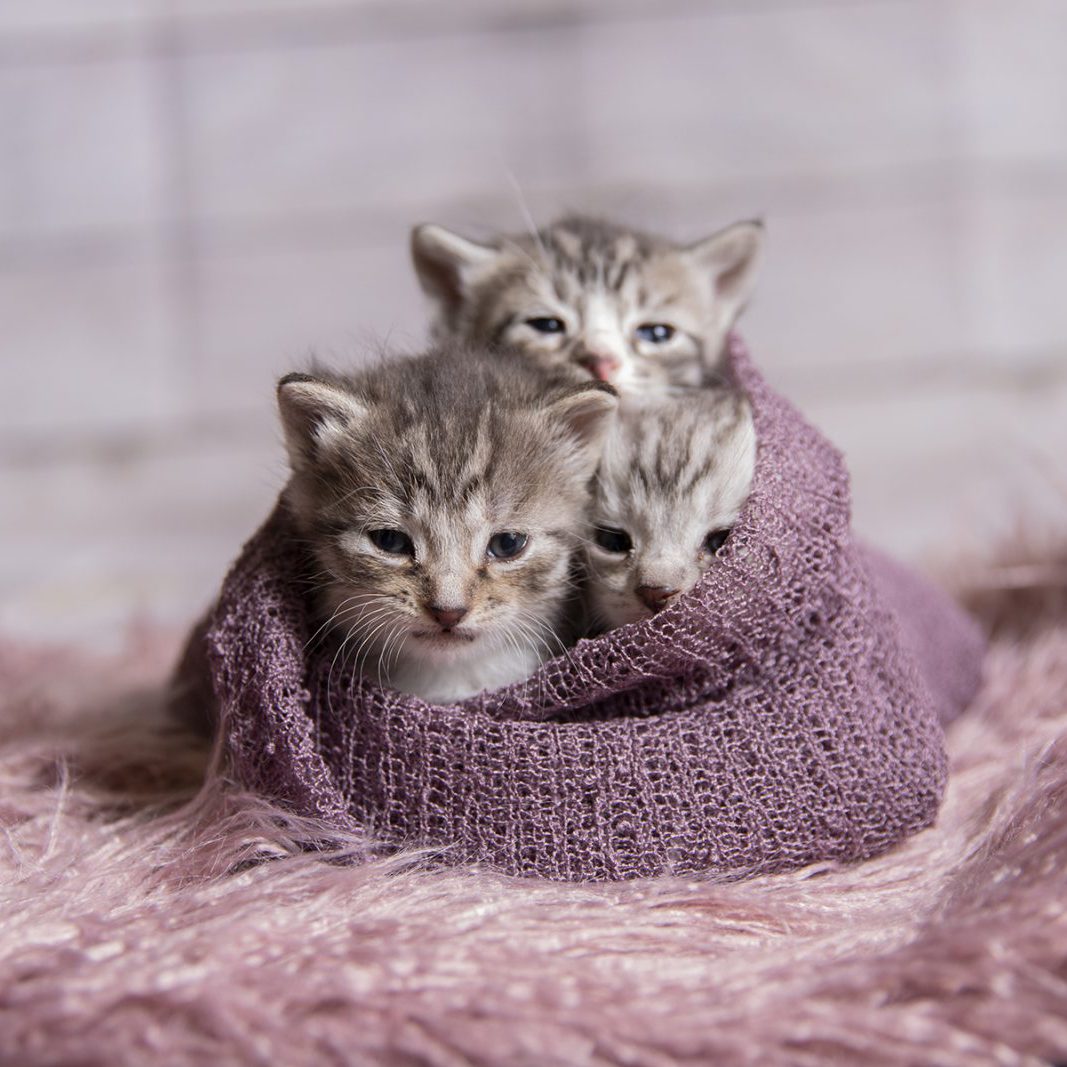What it means and how you can help
Monday, May 10th, 2021
Our work at the Humane Society of Southern Arizona often changes with the seasons. During monsoon, we educate people and pets on the dangers posed by river toads. In May and June, it’s so hot that only the early risers can make it to the shelter in time to exercise our pets, while at other times everyone wants to be a volunteer dog-walker at all times of the day because the weather is so nice. One of the toughest times of the year for any animal shelter is mating season for cats and dogs. In early spring and continuing throughout the summer, litters of puppies and kindles of kittens, born to homeless pets, are brought to animal shelters across the country in huge numbers.
This influx of thousands of newborn animals can quickly overwhelm shelters and foster care resources. Well-intentioned concerned citizens who find newborn kittens or puppies hidden away under their porch or in their backyard often fear that, without intervention, these young animals are in danger. Many people who bring these litters to HSSA are surprised to learn that the best option is usually to not disturb them at all.
While many assume these newborns have been abandoned by their mother and are in need of rescuing, mother cats and dogs tend to stay with their litters most of the time. Jay Carmona, HSSA’s Foster Care Coordinator is quick to point out that when kittens and puppies are very young, their best chance of survival is to remain with their mother. “If you find a litter of kittens or puppies out in the elements, leave them be. Keep an eye on them from afar, make sure they are safe and not in danger from the elements or other animals.”
Often the mother cat or dog is nearby, searching for food, or has been momentarily startled away by the people approaching the area. “Keep an eye on them for 24 hours. If after that you do not see a mother, then you should safely take them in.”
After taking in an abandoned litter it can be critical to care for them as long as possible before bringing them to a shelter. “The biggest help during kitten season is for people who have taken in litters to care for them as long as they can before bringing them into a shelter. If people can do that, we provide them with instructions and bottles and formula to help. This prevents our bottle-baby fosters from becoming overwhelmed with the numbers of pets who need nursing and care.”
In many cases the person who has taken in a litter is not capable of the time or space commitment required to adequately care for these animals. This is where HSSA’s Foster Care volunteers step in — experienced caregivers who are trained specifically in the care of neonates (very young kittens and puppies).
Kitten and puppy season require additional foster care volunteers and supplies. Many people who would like to help these precious, tiny pets but cannot directly care for them still support HSSA’s Foster Care programs by donating items and supplies found on the Foster Care Amazon wish list. This list is updated with the most currently needed supplies by the Foster Care office and has an immediate, positive impact on the lives of the most vulnerable animals being cared for by HSSA. You can view the wish list and learn more about HSSA’s Foster Care program by visiting the link below.

